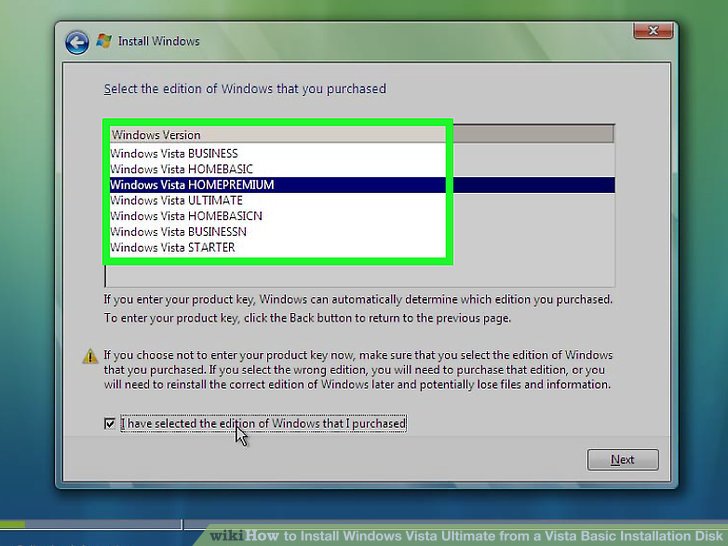

- #Slmgr vbs output to file license key#
- #Slmgr vbs output to file software#
- #Slmgr vbs output to file password#
- #Slmgr vbs output to file license#
- #Slmgr vbs output to file windows 8#
The /cpky option removes the product key from the registry to prevent this key from being stolen by malicious code.įor retail installations that deploy keys, best practices recommend running this option. Some servicing operations require the product key to be available in the registry during Out-of-Box Experience (OOBE) operations. Specifying the parameter displays the activation expiration date of the specified edition that is associated with that Activation ID.This operation does not require elevated privileges. By default, this refers to the current Windows edition and is primarily useful for KMS clients, because MAK and retail activation is perpetual.
#Slmgr vbs output to file license#
Specifying the All parameter displays license information for all applicable installed products.ĭisplay the activation expiration date for the product. Specifying the parameter displays the license information for the specified edition associated with that Activation ID. This operation does not require elevated privileges.īy default, /dlv displays the license information for the installed operating system.
:max_bytes(150000):strip_icc()/windows-script-host-slmgr-command-windows-10-94481bce586e4589a53e2390421ede4b-ba677fa51dd14ade8819165b47f62f0a.png)
Specifying All as the parameter displays license information for all applicable installed products. Specifying the parameter displays the license information for the specified edition that is associated with that Activation ID.
#Slmgr vbs output to file software#
However, online activation does require elevation, or the Standard User Operations registry value must be set to allow unprivileged users extra access to the Software Protection Service.īy default, /dli displays the license information for the installed active Windows edition. KMS activation does not require elevated privileges. If you have to support other applications, see the guidance provided by that application for further instruction. Run slmgr.vbs /dlv all to get the Activation IDs for the installed version of Windows. Specifying the parameter isolates the effects of the option to the edition associated with that Activation ID. The parameter expands /ato support to identify a Windows edition installed on the computer.
#Slmgr vbs output to file windows 8#
Note: Starting in Windows 8 (and Windows Server 2012), the /stao option is deprecated. Systems that have been set to suspend automatic KMS activation attempts ( /stao) still try KMS activation when /ato is run.
#Slmgr vbs output to file license key#
This operation must be run from an elevated Command Prompt window, or the Standard User Operations registry value must be set to allow unprivileged users extra access to the Software Protection Service.įor retail editions and volume systems that have a KMS host key or a Multiple Activation Key (MAK) installed, /ato prompts Windows to try online activation.įor systems that have a Generic Volume License Key (GVLK) installed, this prompts a KMS activation attempt. To prevent instability in the license service, the system should be restarted or the Software Protection Service should be restarted. If a key is already installed, it is silently replaced. If the key is valid and applicable, the key is installed. The product key provided by the parameter is confirmed valid and applicable to the installed operating system.
#Slmgr vbs output to file password#
Password for the account that has the required privileges on the remote computer Name of a remote computer (default is local computer)Īccount that has the required privilege on the remote computer The remote machine does not support this version of SLMgr.vbs General Slmgr.vbs options Option Microsoft (R) Windows Script Host Version 5.8Ĭopyright (C) Microsoft Corporation. For example, running cscript slmgr.vbs /dlv produces the following output: Trying to manage an older system from Windows 7 or Windows Server 2008 R2 will generate a specific version mismatch error. Using Slmgr.vbs to manage a Windows 7 or Windows Server 2008 R2 system from the Windows Vista® operating system is not supported. For more information about WMI properties and methods for Volume Activation, see WMI Properties and Methods for Volume Activation.īecause of WMI changes in Windows 7 and Windows Server 2008 R2, the Slmgr.vbs script is not intended to work across platforms. To manage remote clients, use the Volume Activation Management Tool (VAMT) version 1.2 or later, or create custom WMI scripts that are aware of the differences between platforms. When you type these statements, omit the brackets and replace the placeholders by using corresponding values.įor information about other software products that use volume activation, see the documents specifically written for those applications. In this article, square brackets enclose optional arguments, and angle brackets enclose placeholders.


 0 kommentar(er)
0 kommentar(er)
